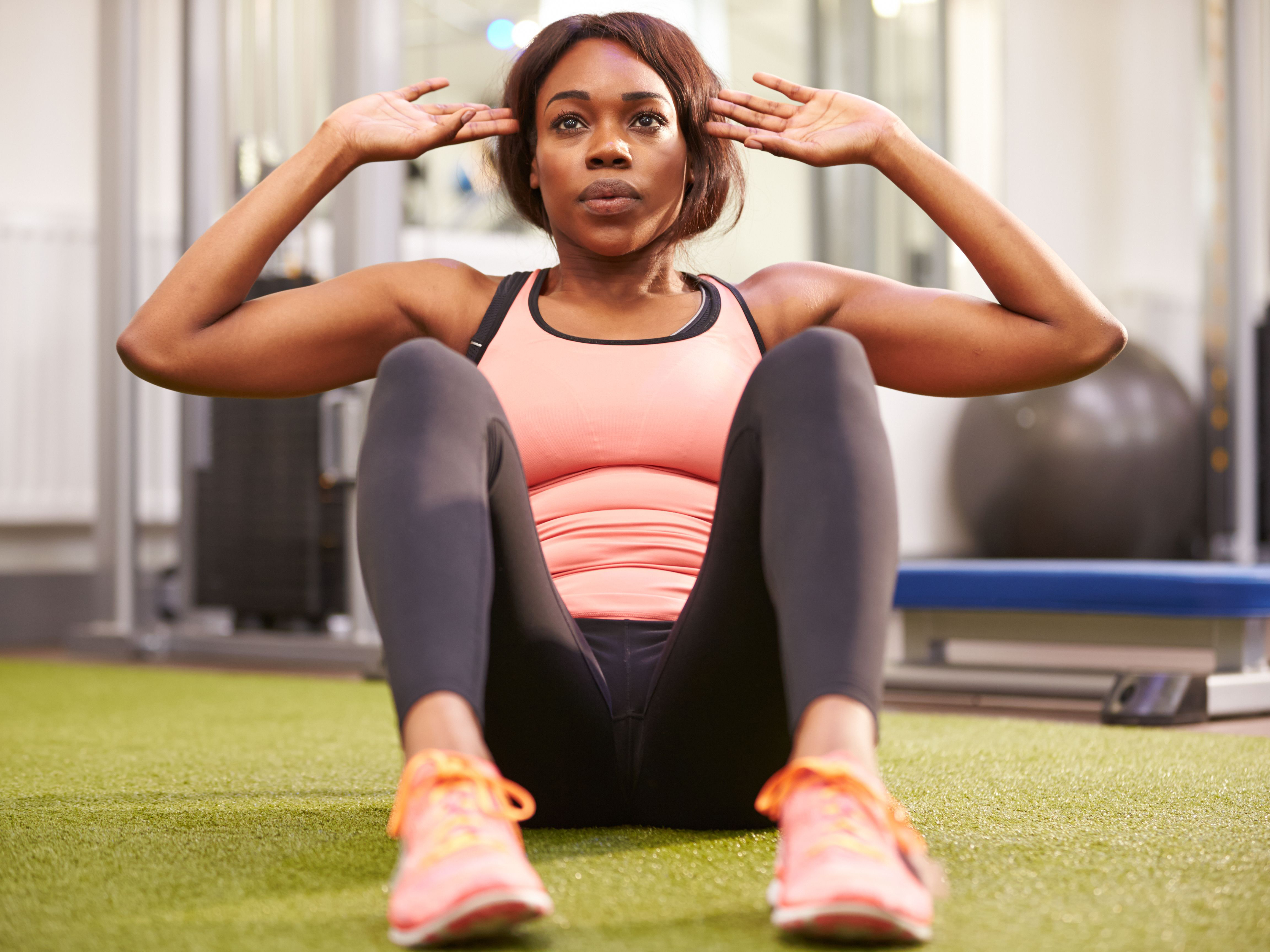How exercise keeps your DNA young
A new study reveals how exercise may be another way to combat ageing

A new study reveals how exercise may be another way to combat ageing
To stay young, you have to keep your cells young, and what dictates a cell’s age is its DNA. Too many cycles of dividing can trigger the ageing process, until eventually the cell peters out and stops dividing altogether.
But now researchers have found that exercise can help keep DNA healthy and young. In a small study published in the journal Science Advances, Anabelle Decottignies, from the de Duve Institute at the Catholic University of Louvain in Brussels, and her colleagues found that just moderate-intensity physical activity helps hold back cell aging.
They studied a specific part of DNA that keeps track of how many times a cell has divided. Each time a cell divides, it copies its DNA (which is packed into chromosomes) and this section of the chromosomes, called telomeres, gets shorter. In the study, Decottignies identified a molecule that’s responsible for directing this telomere-shortening.
Until this work, not much was known about how the chromosomes controlled this DNA snipping process. Decottignies recruited 10 healthy people to ride stationary bicycles for 45 minutes and took a muscle biopsy from each of their legs before and after the cycling session. She also measured blood levels of muscle function with lactate, which muscle cells produce when stressed.
Based on analysis of these samples, the researchers found that a compound called nuclear respiratory factor 1 (NRF1) regulates the production of a factor that in turn controls the shortening of the telomeres. Exercise boosts levels of NRF1, which protects the telomeres from being snipped away. 'Think about NRF1 like varnish on nails,' says Decottignies. 'You cannot change the nail, but you can change the varnish again and again. What you’re doing is refreshing and replacing the old section with new protective molecules at the telomeres.'
With each bout of moderate exercise, she says, the protection to the telomeres is refreshed, thus helping the DNA, and in turn the cells, to remain “younger” and hold off the ageing process. 'The protection is constantly renewed upon exercise,'says Decottignies. Plus, if you add anti-ageing foods to the mix, you're really doing your telomeres some good.
Celebrity news, beauty, fashion advice, and fascinating features, delivered straight to your inbox!
Other evidence supports the connection between exercise and its effect on telomeres. NRF1 is also part of the pathway that’s activated during starvation; some studies have indeed hinted that a fasting diet may help cells stay biologically young and not divide as frequently.
In the study, the team didn’t actually measure whether the 45 minutes led to longer telomeres, but that’s a focus of future studies. For now, the findings provide strong support for a way that exercise may keep us young by keeping our DNA young.
The leading destination for fashion, beauty, shopping and finger-on-the-pulse views on the latest issues. Marie Claire's travel content helps you delight in discovering new destinations around the globe, offering a unique – and sometimes unchartered – travel experience. From new hotel openings to the destinations tipped to take over our travel calendars, this iconic name has it covered.